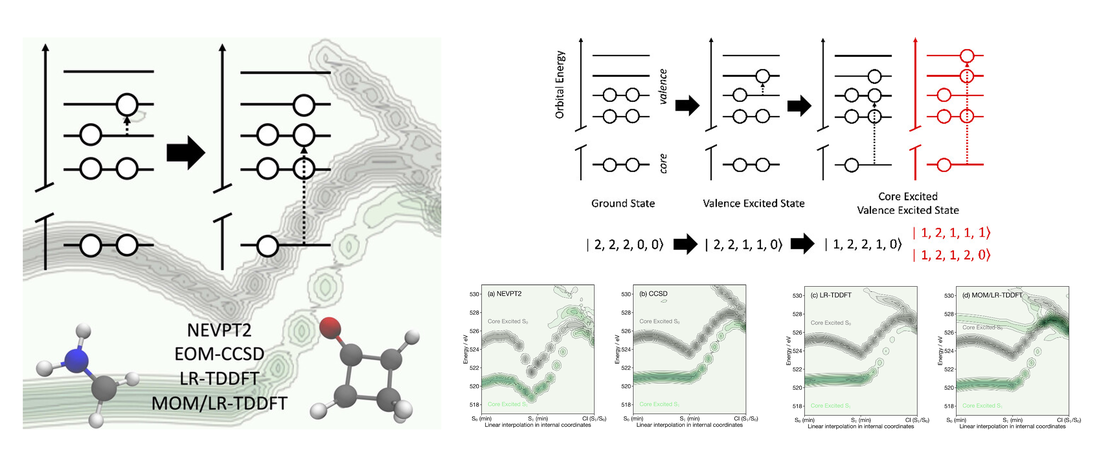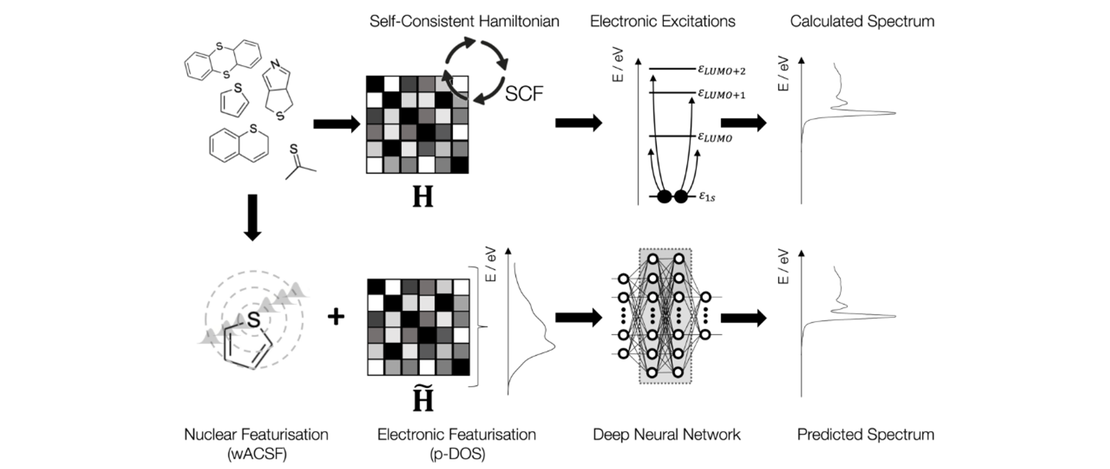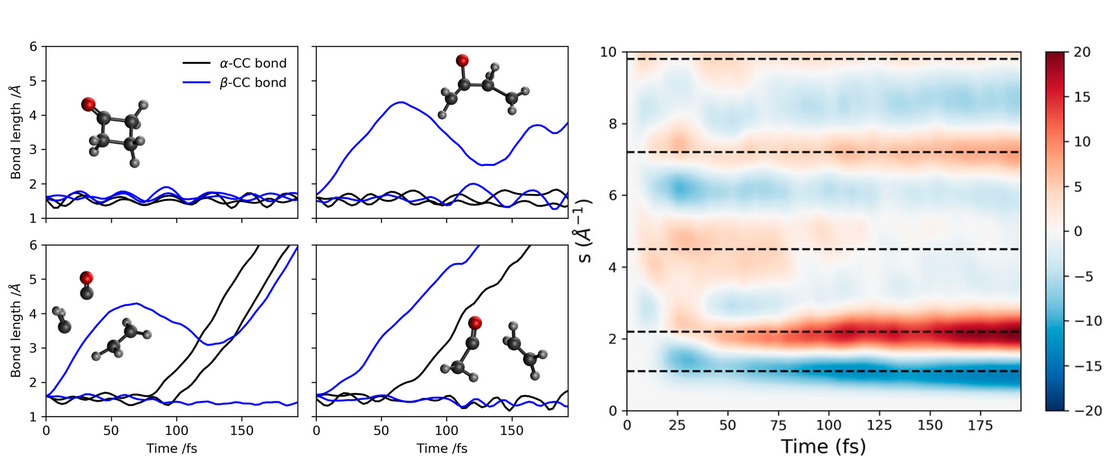Project Collaboration
- Home /
- Categories /
- Project Collaboration

Exploring the Influence of Approximations for Simulating Valence Excited X‑ray Spectra
First-principles simulations of excited-state X-ray spectra are becoming increasingly important to interpret the wealth of electronic and geometric information contained within femtosecond X-ray absorption spectra recorded at X-ray Free Electron Lasers (X-FELs). However, because the transition dipole matrix elements must be calculated between two excited states (i.e., the valence excited state and the final core excited state arising from the initial valence excited state) of very different energies, this can be challenging and time-consuming to compute…
Read More
Partial Density of States Representation for Accurate Deep Neural Network Predictions of X-ray Spectra
The performance of a Machine Learning (ML) algorithm for chemistry is highly contingent upon the architect’s choice of input representation. This work introduces the partial density of states (p-DOS) descriptor: a novel, quantuminspired structural representation which encodes relevant electronic information for machine learning models seeking to simulate X-ray spectroscopy…
Read More
Ultrafast electron diffraction of photoexcited gas-phase cyclobutanone predicted by ab initio multiple cloning simulations
- Dmitry V. Makhov, Lewis Hutton, Adam Kirrander and Dmitry Shalashilin
- Publication , Prediction challenge , Project collaboration
We present the result of our calculations of ultrafast electron diffraction (UED) for cyclobutanone excited into the S2 electronic state, which is based on the non-adiabatic dynamics simulations with the Ab Initio Multiple Cloning (AIMC) method with the electronic structure calculated at the SA(3)-CASSCF(12,12)/aug-cc-pVDZ level of theory…
Read More